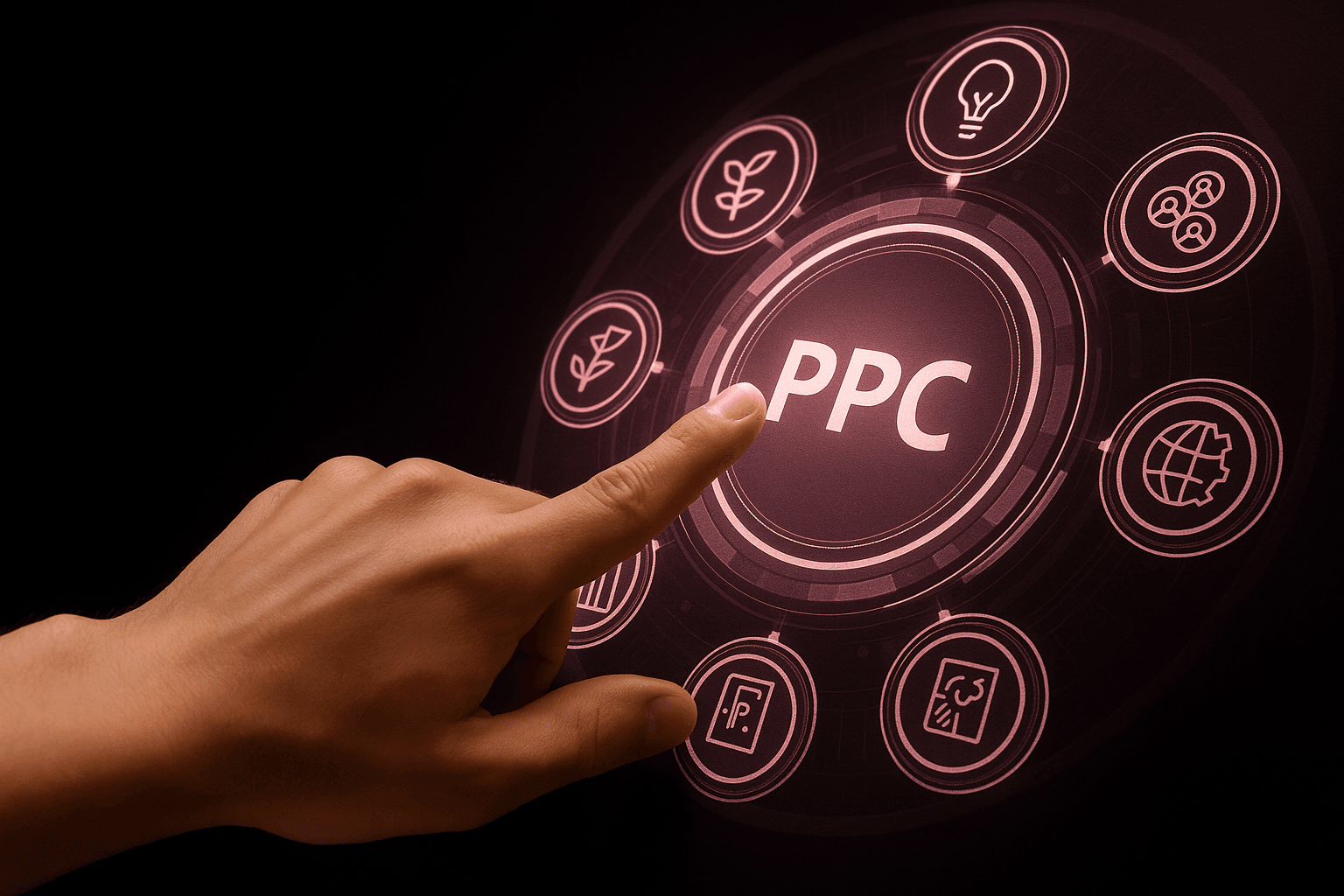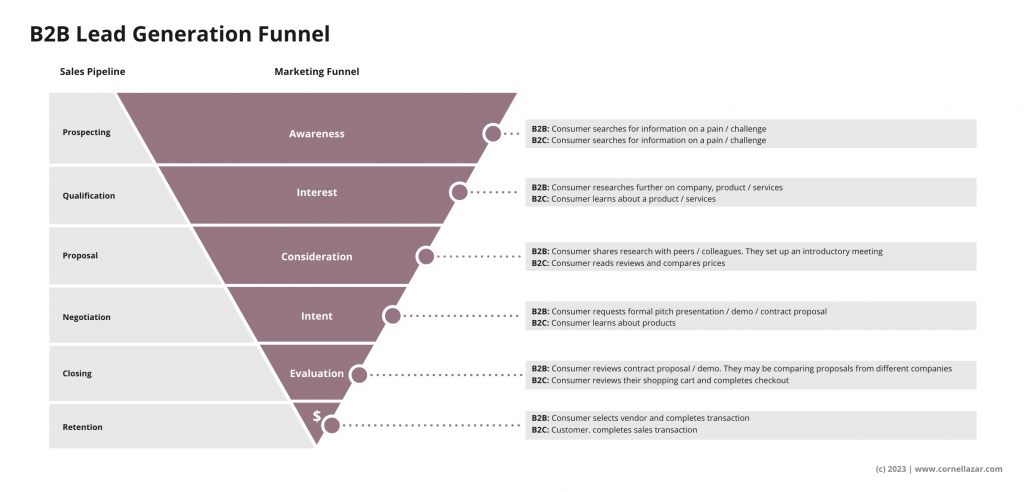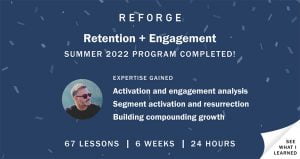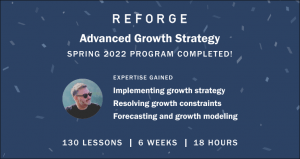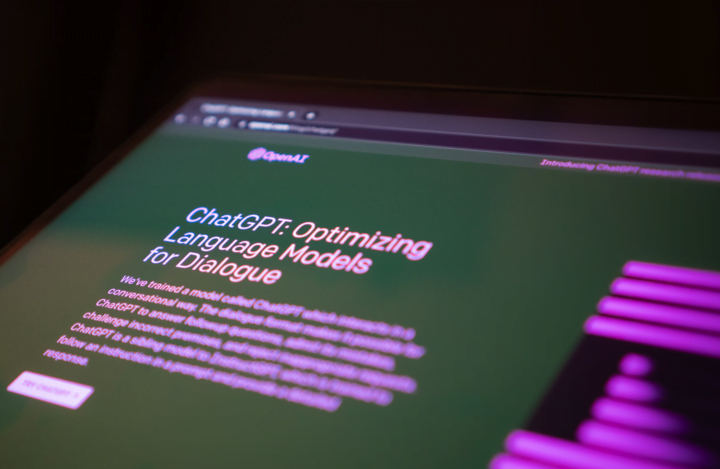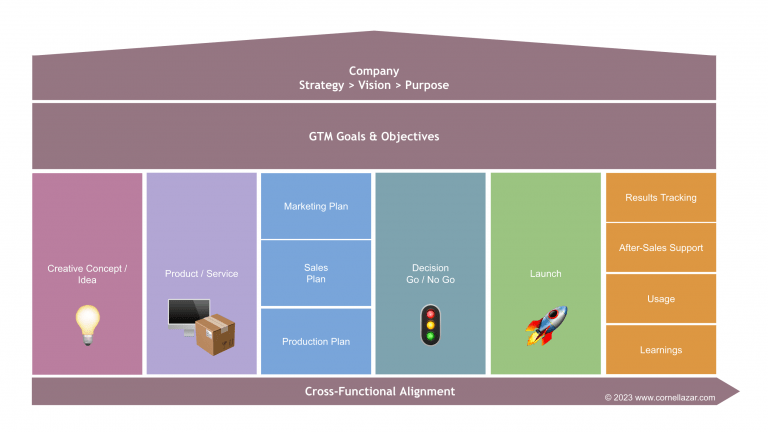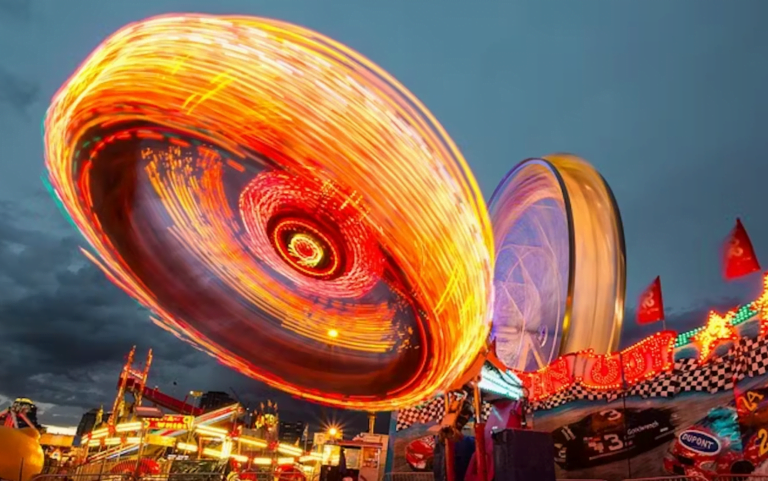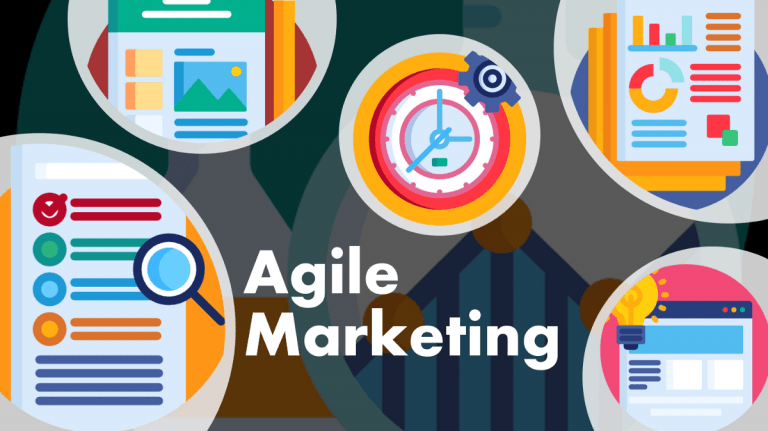Want to level up your SaaS marketing game? Look no further! Check out these proven PPC tactics that will take your efforts to the next level.
Build an acquisition funnel
Expand from exclusively targeting more costly direct conversions at the bottom-of-funnel (BOFU). Shift your ad budget instead to the top- and middle funnel phases (TOFU & MOFU).
Capture awareness, educate users and nurture them until they’re ready to buy. Diversifying lead generation is particularly beneficial when competing in an over-saturated market and competitive industry.
Optimise
Unless you’re aiming for Reach as success metric, your time would be initially best spend improving the click-through rate (CTR). A good CTR is sending the right signals to the algorithm and can help towards improving your Quality Score, increase impressions, lower costs, and yield higher return on ad spend (ROAS). Optimise CTR by fine-tuning your audience targeting and finding messaging that resonates.
Another strategic calibration is to incorporate negative keywords and experiment with audience exclusions where you can exclude specific segments of a saved target audience.
Avoid ad-fatique
Avoiding ad-fatigue could be a sub-set of my previous point (“Optimise”), but I reckon it requires more attention.
Running the same ad for too long can have detrimental effects. Users seeing the same ad too often will start ignoring your ad, consciously or sub-consciously but likely resulting in the same: Your ad will become less effective.
Technically, your ad platform’s algorithm will be aware of this and start showing the ad less often and attach higher costs to it.
Stop running ads on a set-and-forget tactic. Instead move to update and fine-tune your ads frequently. Keep ’em fresh! At the very least change it up on a monthly basis but your data should guide your actions. Keep an eye on the “Ad Frequency” metric as indicator in your ad platform.
As always, there’re no hard rules and there will be the odd ad that runs very effectively for forever but never bank on it.
Branded vs. Non-Branded
The decision to use branded or un-branded keywords and creatives should be based on an understanding of the acquisition funnel and how the two work together. Non-Branded phrases make up 80% of searches, while transactional and Branded phrases account for 10% respectively.
- Informational Queries: 80%
- Transactional Queries: 10%
- Branded / Navigational Queries: 10%
But here’s the caveat: Branded keywords have a 100% higher conversion rate than their non-branded partners. (Source: Forbes)
Branded Keywords
Branded keyword terms reach people who are actively searching for your brand. Maybe they have previously heard about your brand / product and are currently exploring you and comparing against competitors. Another segment will further down the funnel and is ready to purchase.
Non-Branded Keywords
In contrast, the scope for non-branded keyword terms is much wider. Use it for TOFU (top-of-funnel) targeting when (A) creating awareness, (B) bringing traffic to your domain and (C) attracting new customers that fall into one of the MOFU (middle-of-funnel) phases where you target on their intent. Tailor your non-branded ads to appeal to users with specific intents at specific phases in the funnel.
Focus on your target audience
Successful PPC ads resonate with the intrinsic needs of their audience #KnowYourAudience
Identify their user-pains, -challenges, and -needs and ideate your creative and messaging to address them. Align your ad content with your content strategy to targets your audience strategically throughout their journey, from awareness to consideration and conversion. By deeply comprehending your audience, you can create impactful ads that resonate and drive results.

